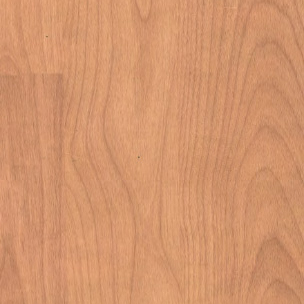- Home
- Decorative Paper Solutions for Furniture Production and Design Excellence
Nov . 06, 2024 18:26 Back to list
Decorative Paper Solutions for Furniture Production and Design Excellence
The Role of Decorative Paper in the Furniture Manufacturing Industry
In the dynamic world of furniture manufacturing, aesthetics and functionality go hand in hand. One crucial component that has gained significant attention in recent years is decorative paper. This material has revolutionized the way furniture pieces are designed, produced, and perceived by consumers. This article delves into the various aspects of decorative paper, its applications in furniture manufacturing, and its impact on both manufacturers and consumers.
Understanding Decorative Paper
Decorative paper refers to a wide range of specialty papers that are designed for aesthetic enhancement. These papers come in various colors, patterns, and textures, allowing designers and manufacturers to create visually appealing products. Typically made from high-quality pulp, decorative papers can be printed, embossed, or laminated, resulting in a finished surface that captures attention and elevates the overall design of furniture pieces.
Applications in Furniture Manufacturing
1. Laminate Surfaces One of the primary uses of decorative paper in furniture manufacturing is in laminate surfaces. Laminates are created by applying layers of decorative paper over particleboard or MDF (medium-density fiberboard) substrates. This process not only enhances the visual appeal of the furniture but also provides a durable and water-resistant finish. Manufacturers can choose from an extensive range of designs that simulate natural wood grains, stones, or vibrant colors, making it easier to match different home aesthetics.
2. Upholstery and Backsplashes Decorative paper doesn't just stop at surface finishes; it plays a significant role in upholstery, as well. Decorative paper can be used in laminated upholstery materials, providing a stylish look while adding protection against wear and tear. Additionally, decorative paper is often used for backsplashes in cabinetry and kitchen furniture, creating a cohesive design theme throughout a space.
3. Custom Patterns and Branding Furniture manufacturers leverage decorative paper to express individuality and innovation by creating custom patterns that resonate with brand identity. Unique designs can help establish a distinctive presence in a saturated market. This customizability allows manufacturers to cater to niche markets or specific consumer preferences, ultimately fostering brand loyalty.
decor paper for furniture manufacturers

Benefits for Manufacturers
The integration of decorative paper into furniture production offers numerous advantages for manufacturers. Firstly, it significantly reduces production costs when compared to traditional materials like solid wood or stone. Decorative papers are lightweight, which lowers shipping costs and eases handling during production. Furthermore, they facilitate faster production times due to their straightforward application processes.
Additionally, using decorative paper aligns with sustainable manufacturing practices. Many decorative papers are produced from renewable resources, and advancements in technology have led to environmentally friendly printing processes. Therefore, manufacturers can position themselves as eco-conscious enterprises, appealing to a growing demographic of environmentally aware consumers.
Impact on Consumers
For consumers, the introduction of decorative paper has transformed the furniture buying experience. Today's shoppers are looking for products that fit their personal style without compromising on quality or durability. Decorative paper allows for an array of choices, ensuring that customers can find the perfect piece that matches their vision. Moreover, the affordability of laminated furniture makes high-end designs accessible to a broader audience.
In addition to style, consumers benefit from the practicality of furniture finished with decorative paper. The surfaces are generally resistant to scratches, stains, and moisture, which means less maintenance and longer-lasting products.
Conclusion
In conclusion, decorative paper has become an indispensable element in the furniture manufacturing industry. Its versatility, aesthetic appeal, and cost-effectiveness not only benefit manufacturers but also empower consumers with more choices and better quality products. As the trend toward customizable and sustainable furniture continues to grow, the role of decorative paper is sure to expand, heralding a new era of design innovation and functionality in the furniture market. Whether you are a manufacturer looking to enhance your product line or a consumer exploring stylish options, decorative paper is a key player in the evolution of modern furniture design.
Latest news
-
High-Quality Bathroom Cabinet Contact Paper – Durable & Stylish Leading Suppliers, Exporters, Manufacturers
NewsJul.08,2025
-
Premium Wood Contact Paper for Desk – Reliable Suppliers & Exporters
NewsJul.08,2025
-
Premium Contact Paper for Table Top – Durable & Stylish Surface Solution from Leading Manufacturer
NewsJul.07,2025
-
Duplex Board with Grey Back - Reliable Supplier & Competitive Price Manufacturer & Exporter
NewsJul.07,2025
-
Premium White Contact Paper on Cabinets – Trusted Exporters & Suppliers
NewsJul.06,2025
-
High-Quality Duplex Board Packaging for Food Reliable Manufacturer & Supplier
NewsJul.06,2025

